Intro Statement:
Visually, spaces are perceived with transparency when they have overlays, extensions and their boundaries blur at certain points. These observations are found throughout various works and they concentrate on visual perceptions of space. One of these concepts illustrated by Eve Blau includes abstracted spaces that create an image similar to cubist paintings where the user is constantly viewing spaces that intertwine and relate. The relationships are formed from the basic roots in tectonic style that controls how one sees a room such as heavy or light, shallow or deep. These different methods of overlaying and showing ambiguity abstractly within spaces merges and shifts programs to alter our ideas on how these spaces are associated. These perceptions not only include overlays but a sense of the beyond and the shortening and the extending of a space. Ambiguities within spaces that make associations between two or more areas are referenced to explain the phenomenal perceptions of a larger layout. The occupant’s assessments and perceptions about a space is directly associated with spatial relations, ambiguities, tectonics, and perceived barriers. These aspects all inform and contribute to the ideas behind the perception of phenomenology.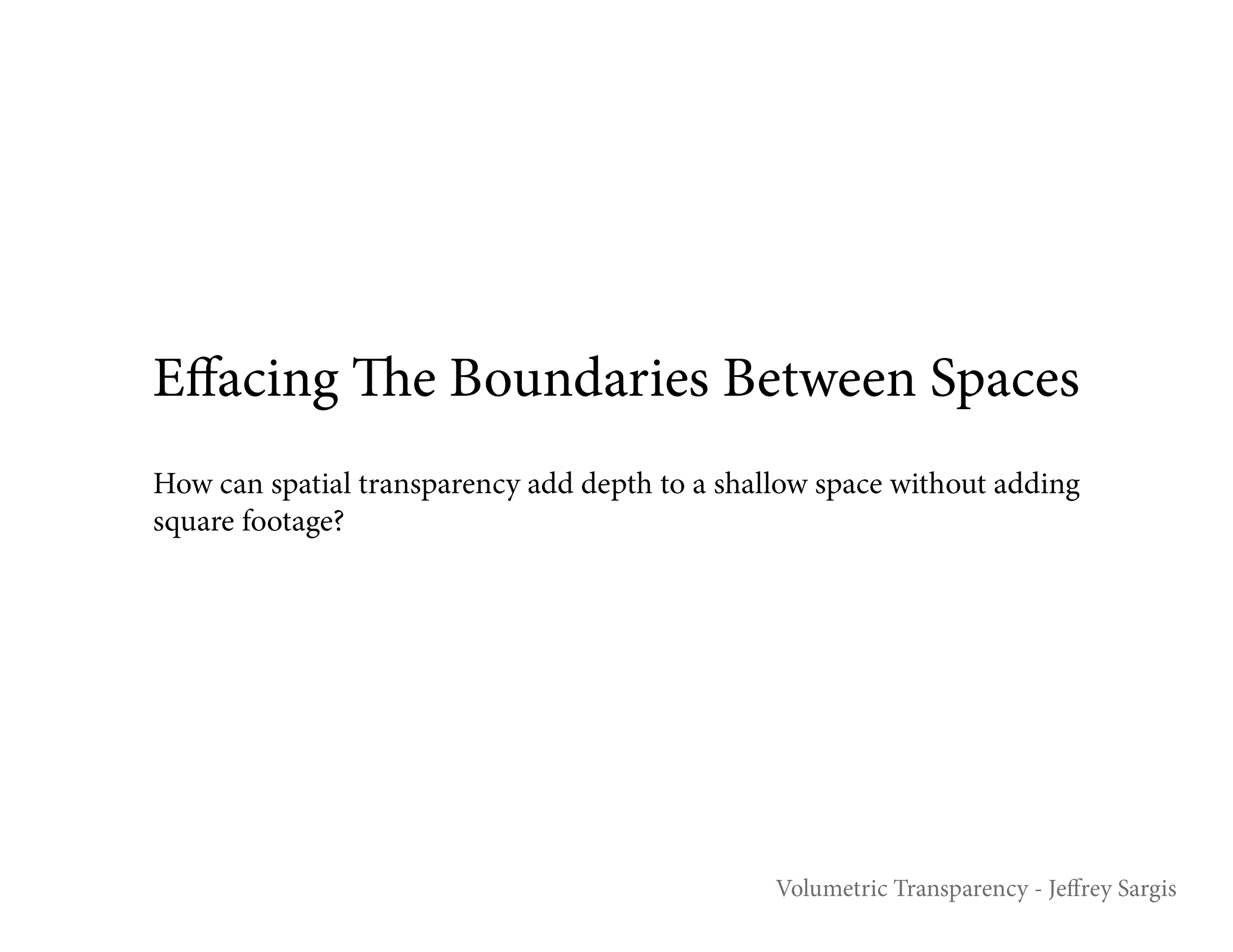
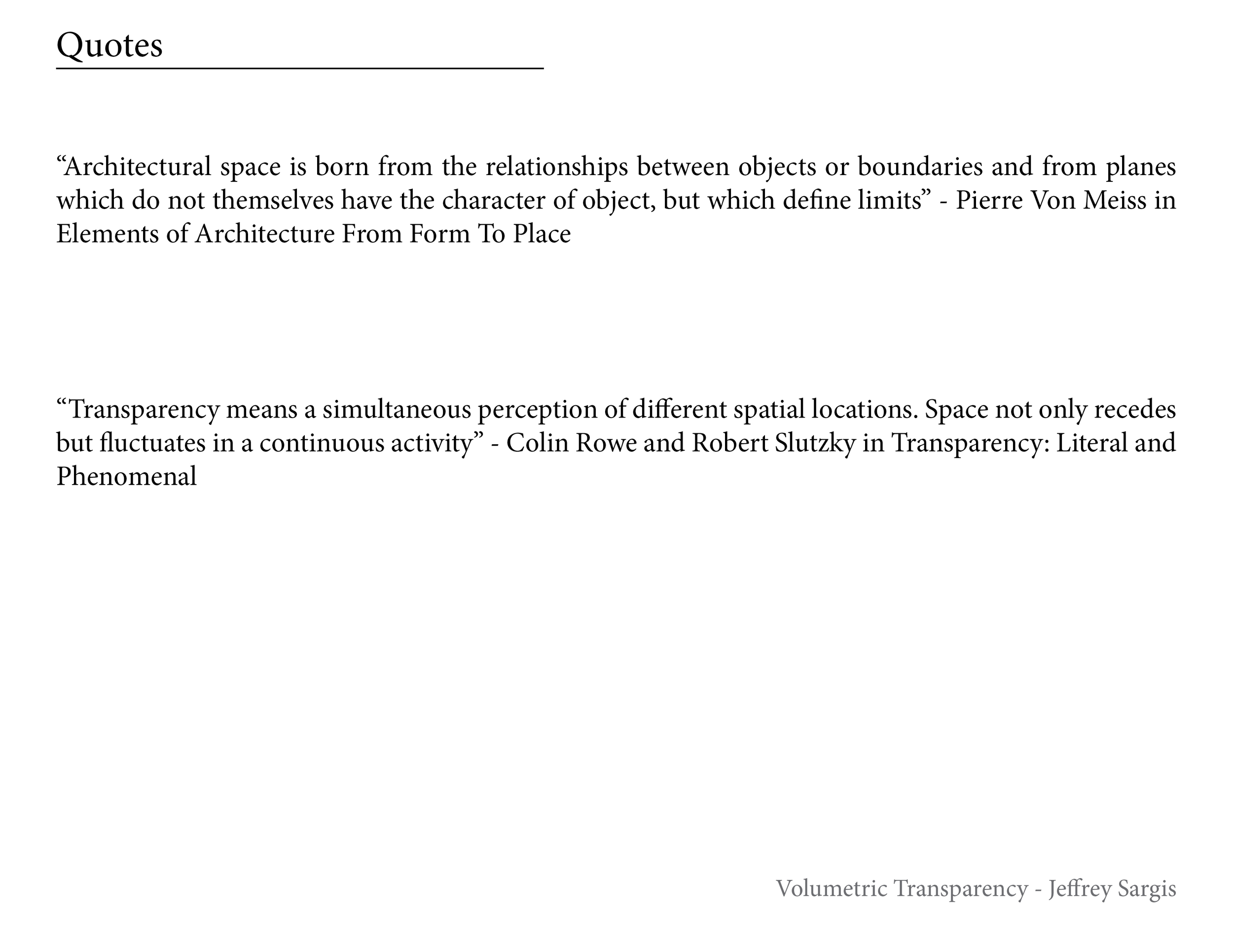
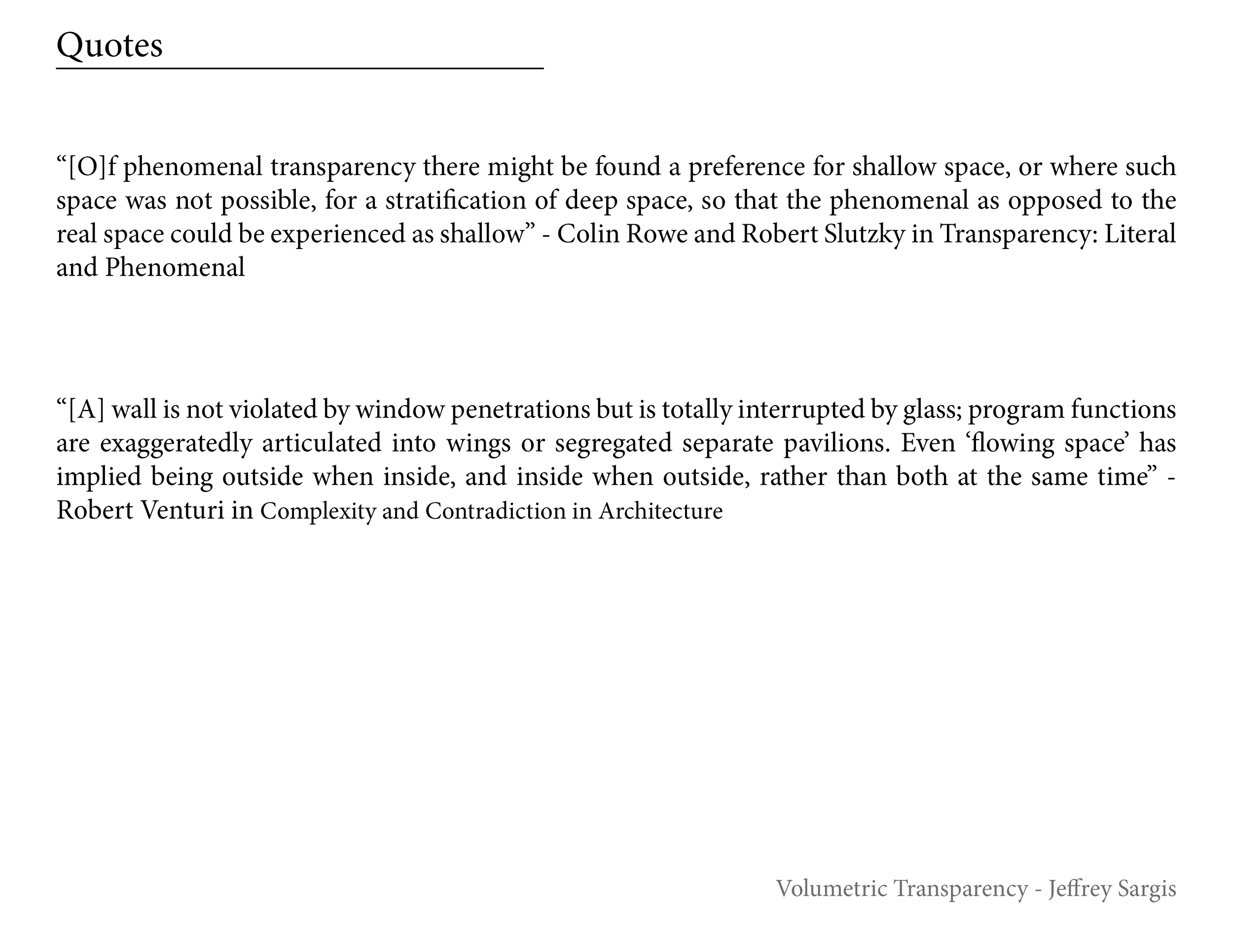
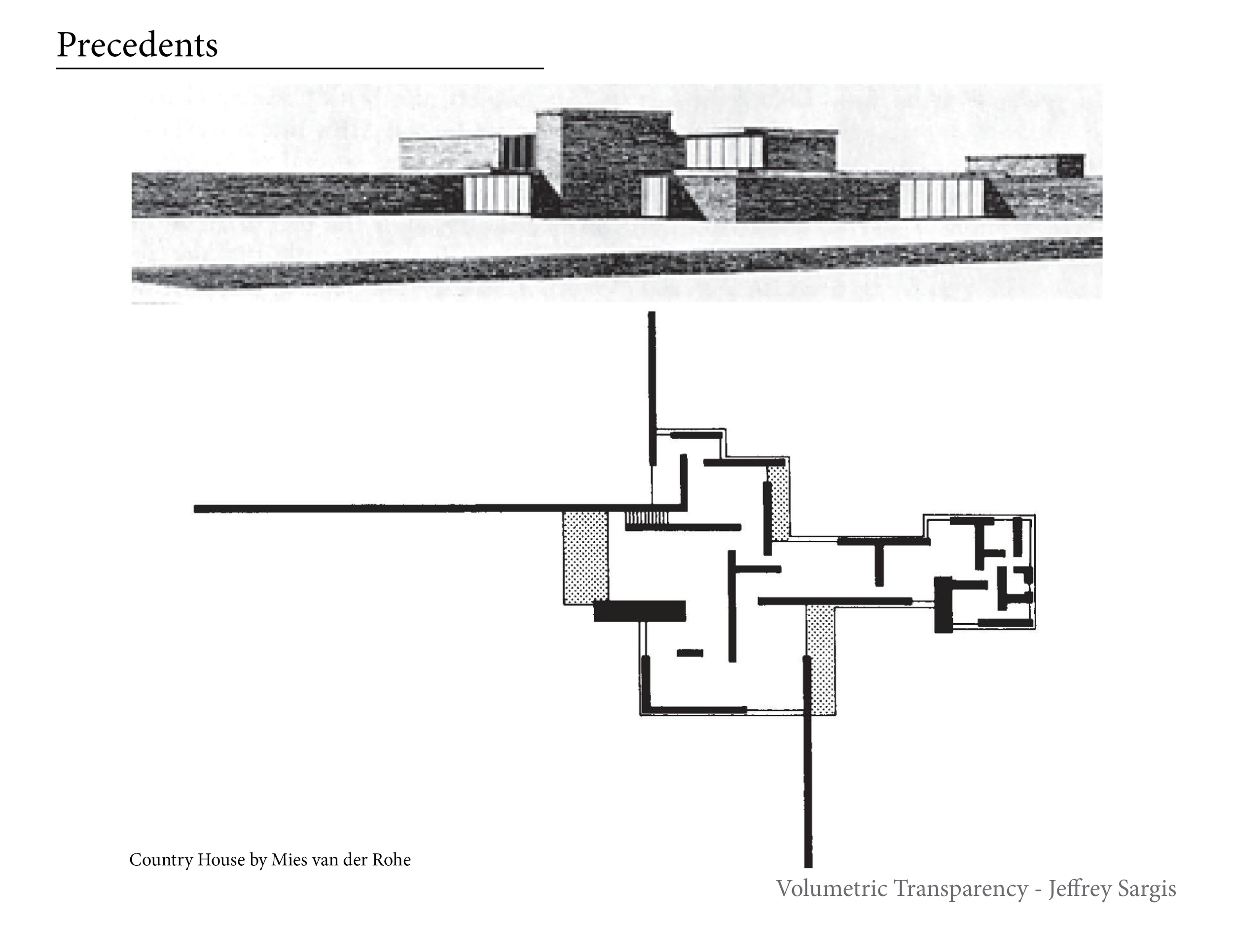
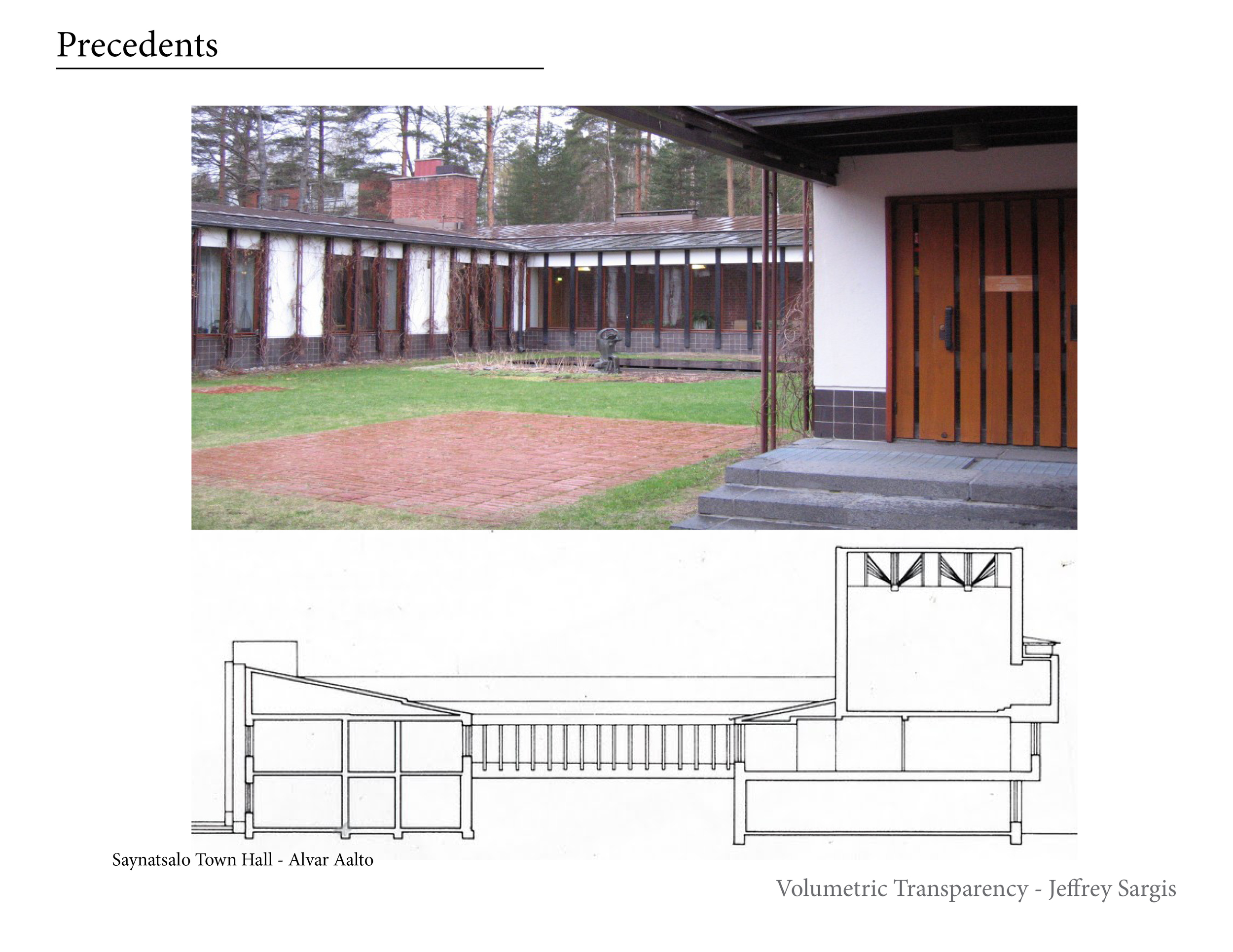


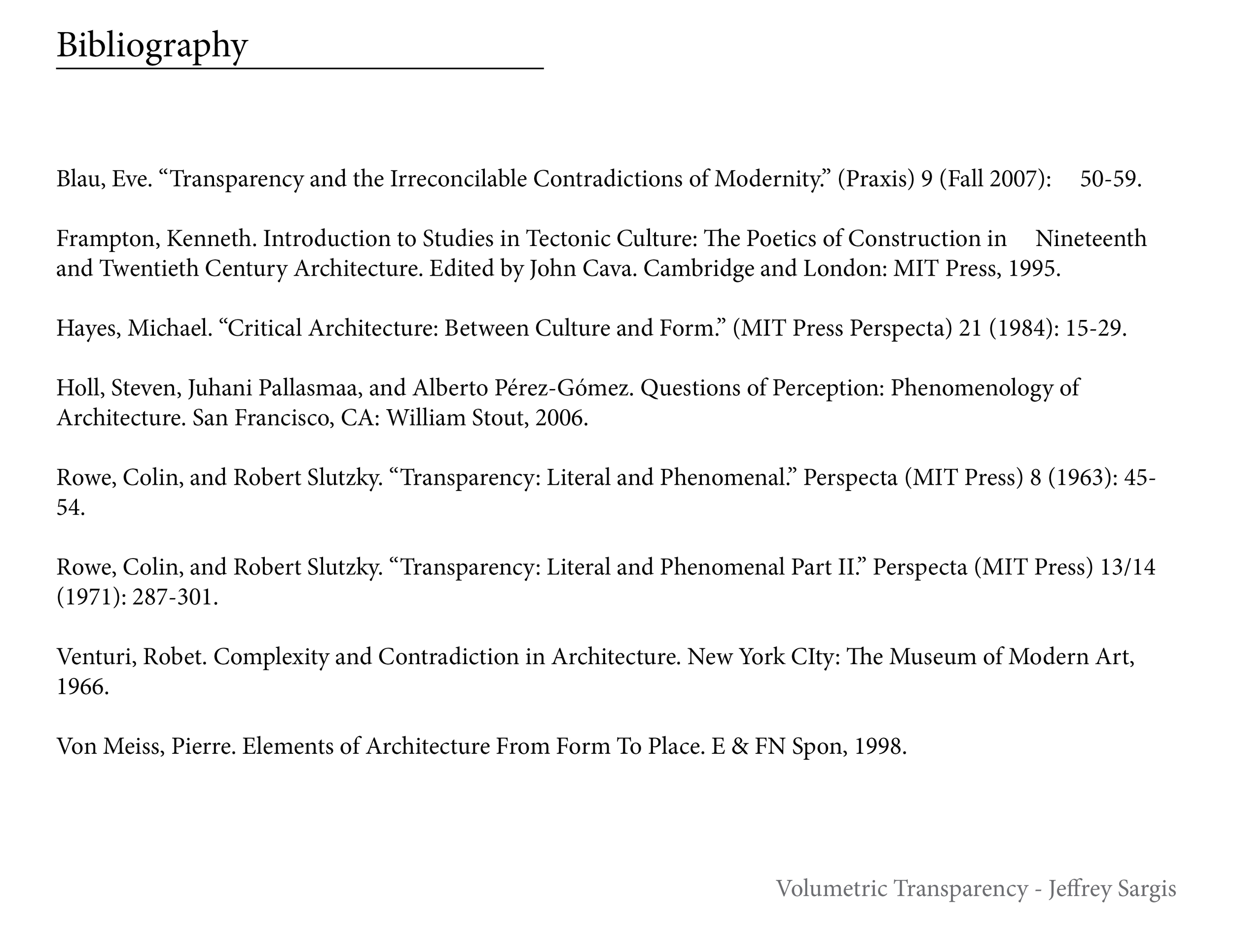
Assignment C Rhetorical Precis: Analysis of a Book Review and a Main Source
Daniel Naegele’s review of Colin Rowe’s “The Mathematics of the Ideal Villa and Other Essays” explains that Rowe’s essays provide conditions where ideas and buildings can be constantly questioned and developed. To support his claim Naegele quotes Rowe’s work and extracts the opposing words he uses to describe, compare and contrast different architectural situations. The author’s purpose was to explain how Rowe chooses to manipulate his vocabulary to create an ambiguous view in order to constantly raise questions that improve and evolve the architecture field. Given the technical writing in the article the intended audience are architectural professionals, scholars and art theorists.
Bibliography
Naegele’s, Daniel, reviewer. “The Mathematics of the Ideal Villa and Other Essays” [Review of the book “The Mathematics of the Ideal Villa and Other Essays”]. Harvard Design Magazine, Winter/Spring 2002, pp.81-84
Rowe, Colin, Robert Slutzky. “Transparency: Literal and Phenomenal” MIT Press Perspecta, Vol. 8 (1963), pp. 45-54
Excercise 3.1: Sources, Annotated Bibliography Continued
Hayes, Michael. “Critical Architecture: Between Culture and Form” MIT Press Perspecta, Vol. 21 (1984), pp. 15-29 This source is a critical article on culture and form. This article analyzes architecture’s relationship to the changing times and the needs of new generations. They support their claim through case studies and psychological academic sources. This sources is useful to the thesis because it overviews the concepts used to blend the interior and exterior. Specifically Mies van der Rohe’s buildings where he attempted this exterior interior blending to connect people with the calm of the natural elements contrasting the hectic modern lifestyle.
Rowe, Colin, Robert Slutzky. “Transparency: Literal and Phenomenal” MIT Press Perspecta, Vol. 8 (1963), pp. 45-54
This source analyzes cubist artwork to describe the dynamic of phenomenal transparency. They attest that overlapping forms, that do not destroy one another’s shapes, are awarded transparency because the viewer cannot distinguish which is in the foreground and which is in the background. This source is useful to the thesis because it explores the theories of transparency. The types of transparency used are physical, the inherent quality of the material, and phenomenal, the perceived overlapping of space. These concepts can be applied to the thesis when overlapping and merging the qualities of interior and exterior spaces.
TP1: Assignment B: Contemporary Discourses / Compare and Contrast Essay 2
Reflection
The two readings chosen for this assignment inform my thinking about my thesis question by helping me to discover how I wish to research and support my thesis topic. What I wish to learn from my thesis question is about the continuity of interior and exterior spaces. Frampton’s article reveals the uses and general theories on tectonics, which I can apply to my thesis developing the use of a building’s material language to denote interior and exterior spaces. Blau’s article teaches how transparency, both literal and visual, can cause the occupant to feel as if the adjacent spaces are connected. This understanding provides a tool to aid my research in creating continuity between interior and exterior spaces.
Each of the sources “Introduction to Studies in Tectonic Culture” by Kenneth Frampton and “Transparency and the Irreconcilable Contradictions of Modernity” by Eve Blau, recognizes a poetic non-visual non-literal aspect to tectonics. However, Frampton focuses more on the “traditional” phenomenology of tectonics, while Blau speaks on the abstract perception of spaces. Frampton proves his theory by citing examples throughout history of how materials define space and engage the inhabitant. Blau’s views are similar, however, she focuses on how the ambiguity of transparency can alter an individual’s perception of space. The user’s perception of the space’s program is constantly in motion, much like a film montage of the building’s daily programmatic lifespan. The sources both speak to how tectonics are used to create literal and phenomenological space but they differ in their abstraction of it.
In Frampton’s “Studies in Tectonic Culture” he asserts that we view space by reorganizing it based on past knowledge, that our movement into space defines it, and that structure and construction can vary the space’s expression. Frampton claims that based on our past experiences we reorganize and view a space as it has been before and theoretically should be now. “The body reconstitutes the world through its tactile appropriation of reality” (Frampton 1995, 10). He goes on to argue that tectonics create a defined space that we evaluate while we move forward into its volumes. “Our concept of space is determined by the frontalized progression of the body through space in depth” (Frampton 1995, 11). Frampton believes that a building’s expression can vary and is defined by subtle changes in its structural and material relationships. “Combinations of structure and construction could become the occasion for a subtle variation in expression” (Frampton 1995, 20). His views are constrained to a more traditional view of tectonics, one where the literal guides perception.
Eve Blau’s “Transparency and The Irreconcilable Contradictions of Modernity” argues that tectonic transparency creates literal and phenomenological spaces that have a complex layering, that move between realism and abstraction. Blau also states that these layered spaces have structural systems that when both visually and literally join they become a fully integrated work. Blau asserts that the layering of juxtaposed spaces causes them to blur into one another creating a complex interpretation of which space is positioned, without favoring one over another. “A quality of spatial organization that is ambiguous, generated by the simultaneous perception of different spatial locations and superimposed forms that appear to interpenetrate without optically destroying each other” (Blau 51). She argues that the spaces move between realism and abstraction because of the context in which they are viewed in relation to the whole of the building. For example a buildings layout can be viewed as a montage of different uses. “A conception of transparency as a function of montage: a compositional strategy of de-contextualization and re-contextualization the problematized and foregrounds the dialectical relationship between realism and abstraction” (Blau 52). Blau claims that when the literal structure and visual structure intertwine the result is a form that is perfectly complete as a whole. For example, “Mies integrates his two structural systems visually so that, perceptually, the discrepancies between them become invisible and the whole seems to cohere into a perfectly balanced and fully integrated autonomous work of art” (Blau 57). Her views on perception are founded in the abstract and how clarity can be altered and questioned.
As discussed, tectonic expression is prominent in both articles but the idea differs in how its use is executed. Kenneth Frampton takes a more traditional approach on how tectonics and materiality are expressed. His views are more realistic than abstract due to the concept of how materials express the space and move the person throughout it. Eve Blau discusses using transparency to blur and restructure the spaces causing the person to constantly be reassessing their understanding of the space. Her views on perceived space and programmatic uncertainty create an abstract dynamic dialogue between the user and the designed layout. Both articles articulate the profound influence different types of tectonics have on the occupant.
Bibliography
Blau, Eve. “Transparency and the Irreconcilable Contradictions of Modernity,” PRAXIS 9 (fall 2007): 50-59
Frampton, Kenneth. “Introduction to Studies in Tectonic Culture: The Poetics of Construction in nineteenth and Twentieth Century Architecture” Edited by John Cava (Cambridge and London: MIT Press), 1-27.
Excercise 2.0: Sources, Beginnings of Annotated Bibliography
Blau, Eve. “Transparency and the Irreconcilable Contradictions of Modernity,” Praxis 9 This article defines transparency through its visual and physical phenomena’s by the juxtaposition of spaces or the literal qualities of the materials. This article is written for architectural scholars to better understand the different types of transparencies and when to utilize them. This source is useful to the thesis because it helps define elements that will spark the curiosity in the occupant to explore the space.
Eliasson, Olafur. “Your Engagement has Consequences.” In Experiment Marathon: Serpentine Gallery. Edited by Emma Ridgway. Reykjavik: Reykjavik Art Museum, 2009: 18-21.
This article asserts that our experiences on what we perceive are always in motion and dependent on the individual and their memory. By utilizing experiments with context and engagement they’ve shown how each situation is always in motion and different for each person. This article is useful to the thesis because its phenomenological concepts evoke a way of thinking about the “unfolding journey” as not only a physical path but also a psychological trail of interaction.
Holl, Steven, Juhani Pallasmaa, and Alberto Perez Gomez. Questions of Perception: Phenomenology of Architecture. San Francisco, CA: William Stout, 2006.
This source is a book composed of three essays that are thematically linked by the idea that all the senses are needed to completely experience architecture. They assert that human perception and phenomenology play the largest role in architecture. The authors provide evidence to this claim by referencing case studies and outlining the buildings to provide examples of how materials and methods are used. The essays are written for an audience of researchers, students and architectural scholars. This source is pertinent to the thesis because it outlines the methods necessary to engage all of the occupant’s senses, thus helping to create elements that will entice the user to embark on the “unfolding journey” this thesis seeks to create.
Frampton, Kenneth. Introduction to Studies in Tectonic Culture: The Poetics of Construction in nineteenth and Twentieth Century Architecture (Cambridge and London: MIT Press), 1-27.
This source is a chapter excerpt from a book focusing on tectonic meanings, origin and uses. The author presents a walk through the history of tectonics in different cultures, focusing on completed works and their building techniques in order to define a methodology in their use for the occupant. This book is written for an audience of researchers, students and architectural scholars. This source is useful to the thesis because it defines how tectonics has developed throughout cultures and how it can be used to engage the occupant in their surroundings.
Marder, Michael. Phenomenology of Distraction, or Attention in the Fissuring of Time and Space, Research in Phenomenology 41 (2011) 396–419
This article asserts that distractions are an emersion in situations where our perceptions are constantly changing. The author sources psychology scholars to define distraction and attention as different parts of the same concept. This article is written for students, researchers and architectural scholars. This source is pertinent to the thesis because it explains the phenomenology of distraction and helps it to better define ways to eliminate or reduce the causes.
Pallasmaa, Juhani. Six Themes for The Next Millennium. in Architectural Review. (July, 1994), 74-79.
This article critiques the direction western architecture design has moved in its principles and execution. Pallasmaa outlines his own six themes for how architecture can become more attractive in our new millennium, which he based off of the six manuscripts by Italo Calvino. This source is relevant to the thesis because of its theoretical implications that silence is more than just a lack of noise but of turning your consciousness to yourself.